Securely label blood bags and tubes to meet regulatory standards. Our labels are designed for accurate tracking and identification, even in cold storage conditions.
Explore our specialized blood product labels, including blank kits and pre-labeled options. Ensure your blood products are managed with precision and compliance.
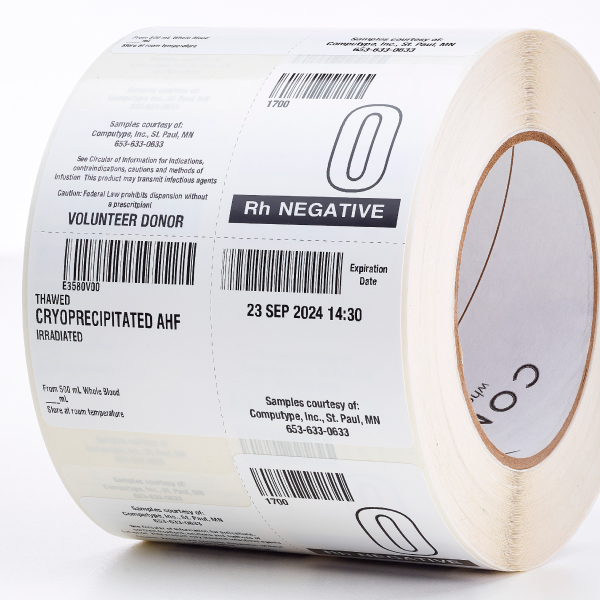
Blood labeling takes many forms, from primary bag identifiers to product-specific component details. Each type serves a critical role in safe collection, storage, and transfusion. Standardized formats ensure accuracy, traceability, and compliance while durable construction supports demanding conditions across the entire blood supply chain.
Every blood bag requires a primary container label with DIN, product code, group, expiration, and facility ID. Our labels withstand refrigeration, freezing, and routine handling while ensuring barcodes remain readable throughout the blood banking process. Durable adhesion prevents edge-lift, preserving accuracy and patient safety at every step.
Base labels are applied directly by bag manufacturers and provide key manufacturing details. Overlaying or supplementing them requires expertise so that traceability remains intact. Our solutions integrate with these pre-applied labels, ensuring regulatory compliance while avoiding misreads or adhesive issues that could compromise scanning or clinical safety.
Product labels specify whether a unit contains red blood cells, plasma, platelets, or whole blood. Each must follow ISBT 128 coding to ensure transfusion compatibility. We supply labels engineered for clarity and durability, supporting accurate identification across storage conditions and workflows without risk of smudging or barcode failure.
Autologous and directed donation labels identify blood reserved for a specific patient. They require durability and clarity so staff immediately recognize restrictions. Our labels comply with ISBT 128 and FDA requirements while offering strong adhesion and print resilience, ensuring accurate tracking and patient safety from collection through transfusion.
Tube labels link donor samples directly to their associated blood bag using the same Donation Identification Number. They withstand centrifugation, refrigeration, and repeated handling, ensuring test results remain connected to the correct donation. From infectious disease screening to crossmatch testing, tube labels are critical for safe transfusion decisions.
Explore label formats in action—request a sample to see how each type performs on blood bags, tubes, and components.
Each label carries the DIN, product code, blood group, expiration, and facility identifier, ensuring traceability. Durable adhesives resist condensation during refrigerated storage and distribution.
Labels identify standard and modified RBC units, including washed, frozen, irradiated, or divided products. Print clarity and adhesion guarantee safe transfusion compatibility and compliance.
Fresh frozen plasma, cryoprecipitate, and thawed plasma require labels that remain scannable at –18 °C or colder. Adhesives prevent edge-lift during freezing and thawing.
Platelet components have short shelf lives and are stored at room temperature with continuous movement. Labels maintain legibility and adhesion under frequent handling and monitoring.
ISBT 128 defines the international system for coding, identifying, and labeling blood products. It ensures every unit, from collection through transfusion, can be traced and verified worldwide. Compliance isn’t optional—licensed blood centers, transfusion services, and testing labs all depend on it for safety and consistency.
Every data element on the label follows a globally defined structure. This prevents ambiguity across facilities, ensuring that product codes, attributes, and donor identifiers remain consistent and universally recognized in both text and machine-readable formats.
ISBT 128 mandates machine readability using linear Code 128 barcodes. Each required element must be duplicated in human-readable form. Barcode print quality must meet ISO/ANSI standards, guaranteeing scannability through storage, freezing, thawing, and handling.
Information must appear in standardized positions so every blood bag or tube label looks familiar regardless of facility. ISBT 128 regulations indicate that DINs sit at the top, ABO/Rh is bold and prominent, and auxiliary labels mark exceptions or special handling needs.
13 characters; includes facility ID, year, serial; globally unique for 100 years
Must use ISBT 128 standardized codes; exact to prepared product
Printed in large bold font; verified serologically; barcoded for automation
Must show both date and time; varies by component type
Mandatory on every label; ties donation to facility
Examples: irradiated, leukoreduced, CMV–, pathogen-reduced, frozen; required if applicable
Autologous, directed, emergency release, or research use; must be clear to prevent misuse
Required for plasma or pooled components; must be accurate to unit
Blood bag and tube labels must survive demanding environments without losing adhesion or readability. From refrigerated storage to frozen plasma, through constant handling and agitation, durability is essential. Labels must resist moisture, temperature extremes, and daily wear to protect traceability and patient safety.
Labels must remain intact through refrigeration, freezing, thawing, and room-temperature storage. Adhesives and print surfaces must be engineered to endure -196°C cryogenic storage as well as +37°C platelet incubation.
Labels face condensation during refrigeration and may contact cleaning agents, disinfectants, or plasma itself. Face stocks and coatings must prevent smudging, while adhesives maintain bond strength under wet or chemically exposed conditions.
Frequent handling, centrifugation, and mechanical agitation put constant stress on blood bag and tube labels. Materials must resist abrasion, edge lift, and fading, ensuring barcodes scan reliably throughout collection, testing, storage, and transfusion.
See how decades of expertise shape our industry-leading DIN label sets. This video highlights our role in advancing traceability, our commitment to ISBT 128 compliance, and the precision formatting that ensures every label supports reliable blood identification—from collection to transfusion, across bags, tubes, and segment tracking.
Face stocks for blood labeling must withstand curved plastic surfaces, temperature fluctuations, and chemical exposure. We utilize a variety of synthetic films—including specially treated polypropylene and other engineered plastics—designed to maintain stability and print quality under stress. These materials resist shrinkage, winging, and delamination when exposed to common medical cleaning agents, UV light, and cold storage. Their dimensional stability ensures scan reliability for barcodes throughout the lifecycle of the blood product. Certain face stocks are specifically formulated for high-speed label applicators, minimizing static and improving registration accuracy. Selection is driven by compatibility with adhesives, label format (e.g., full bag vs. segment), and intended print method. Material thicknesses and finishes can be customized to support legibility, scannability, and durability. All face stocks used in blood label constructions are vetted for performance on plasticized PVC and similar medical-grade substrates.
Adhesion to blood bags presents unique challenges due to the use of plasticizers in flexible PVC films, which can interfere with long-term bond integrity. Our adhesives are engineered to resist plasticizer migration and maintain adhesion across a wide temperature range, from refrigerated storage to ambient use. Permanent acrylic systems—including both emulsion and solvent formulations—are selected for their high initial tack and long-term shear resistance. We offer specialized constructions such as double-layer (piggyback) adhesives for label transfer and multi-stage applications, frequently used for DIN and quadrant labels. All blood bag adhesives are compliant with FDA 21 CFR 175.105, ensuring suitability for indirect contact with blood containers. Performance testing includes rub resistance, temperature cycling, and compatibility with automated label applicators. We tailor bond strength and dwell time based on your application method, surface texture, and intended storage conditions.
Surface coatings and laminates play a critical role in preserving print integrity and enhancing resistance to environmental exposure. For thermal transfer and digital print compatibility, we offer topcoats that crosslink with resin ribbons or toner systems to lock in printed images, making them resistant to alcohols, disinfectants, and water. In high-abrasion environments, optional overlaminates—available in clear, matte, or UV-filtered variants—can be applied to shield variable data and barcode fields without affecting readability. Laminates may be applied edge-to-edge or in selective zones depending on label format. Coating formulations are selected to minimize static buildup and support high-speed application. Label constructions for cryogenic plasma storage or long-term freezer use can incorporate coatings with added flexibility and cold-crack resistance. All coatings and laminates are tested for compatibility with the specific face stock and adhesive used in the label structure.
Barcode and identifier permanence is essential in blood labeling. We support a wide range of resin and resin-enhanced thermal transfer ribbons engineered for chemical and abrasion resistance, especially when printed onto coated synthetic face stocks. These ribbons produce high-density, sharp barcodes suitable for ISBT 128 and other symbologies. For digital workflows, our label materials are compatible with toner-based and inkjet systems, and can be pre-coated to enhance toner anchorage or ink receptivity. Inks used for pre-printed static content (e.g., facility ID, label borders) are tested for bleed resistance and long-term legibility on curved plastic bags. Print durability is validated using rub and wipe tests simulating alcohol and bleach exposure. When print-on-demand is required, ribbon and label pairings are optimized together to maintain scannability in cold or variable storage environments.
Blood label geometries must accommodate a wide range of products and packaging formats, from full-size bags to tubing segments and sample tubes. We offer customizable label sizes to fit common blood bag layouts, including standard 4″ × 4″, 4″ x 2″, and 2″ × 2″ formats, DIN-notch designs, and integrated quadrant/segment labels. Small-format labels for test tubes and segment strips are precision-cut to remain secure on narrow diameters and smooth surfaces. Our die-cutting capabilities support complex shapes, peel-off sections, and multiple label components per liner to enable modular labeling strategies. Adhesive-free zones, perforations, and tamper indicators can also be incorporated. Dimensional tolerances are tightly controlled to support high-speed applicators and ensure label placement accuracy in both manual and automated workflows. Label sets can be delivered in rolls, fanfolds, or sheeted formats as needed.
Blood labels must perform reliably across a wide range of physical, chemical, and environmental conditions. We engineer durability into every layer of the construction—from face stock to adhesive to topcoat—to ensure resistance to abrasion, moisture, cleaning agents, and temperature extremes. Labels for blood bags are designed to stay intact on flexible PVC surfaces during handling, transport, and refrigeration, while segment labels maintain print integrity even on narrow tubing. Materials are tested for resistance to alcohol wipes, bleach, water immersion, and blood contamination, with constructions available to withstand temperatures from deep freeze (-80°C) to ambient processing environments. For high-volume workflows, surface durability is critical to ensure that barcodes remain scannable and text remains legible throughout the unit’s lifecycle. In-house testing includes rub tests, chemical exposure, and temperature cycling to validate label performance under real-world conditions.

Shop blank label sets built for thermal transfer printing—each paired with compatible ribbons and designed for durability, compliance, and reliable barcode performance across blood bags, tubes, and segment formats.
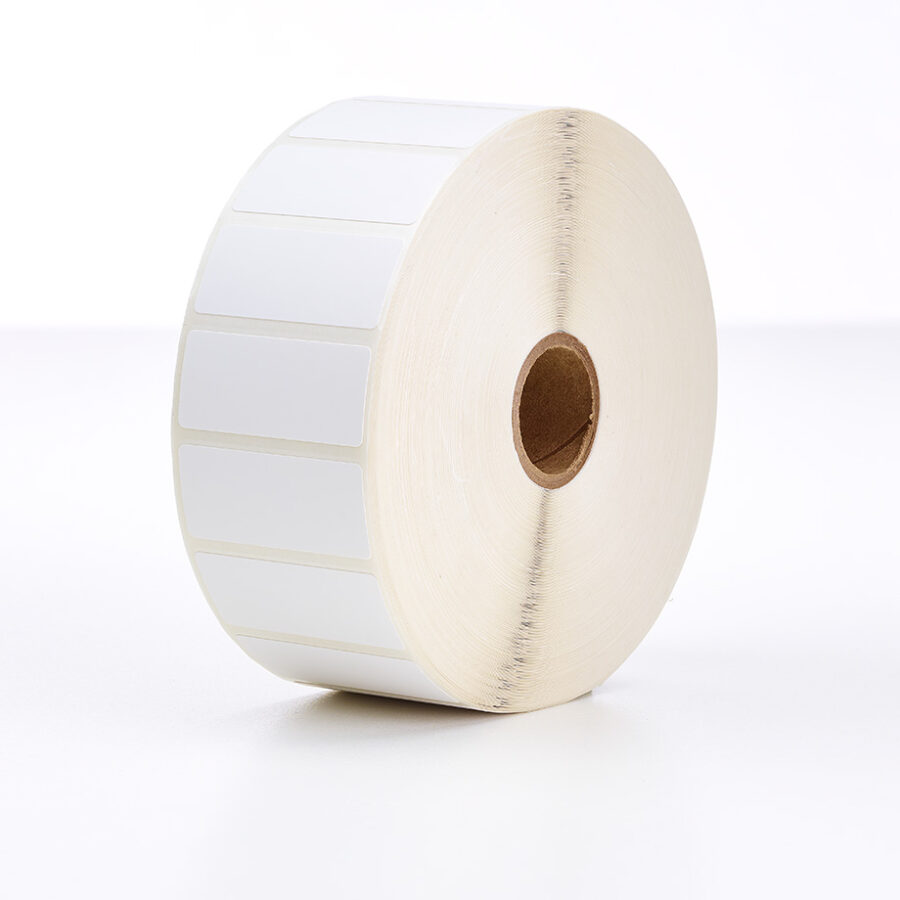
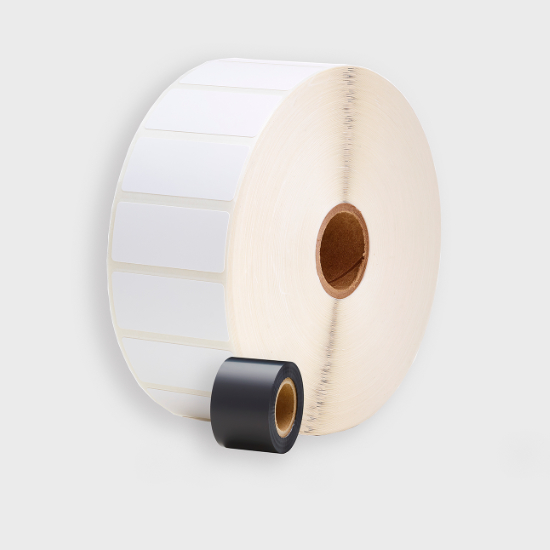
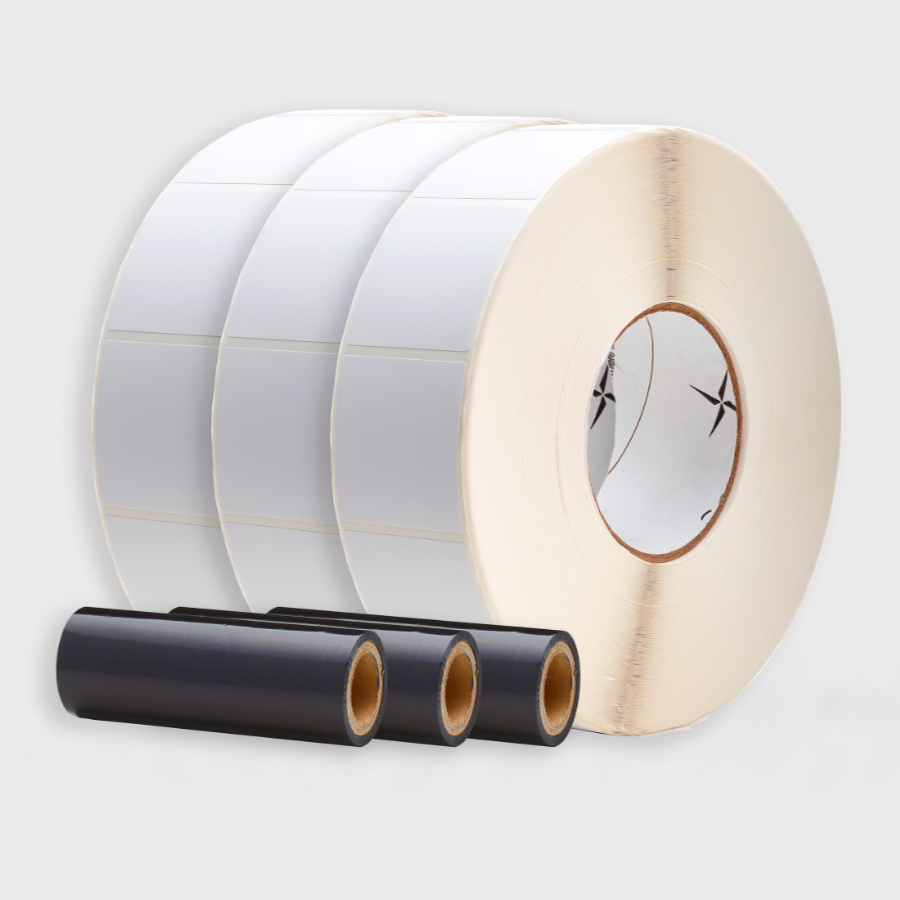
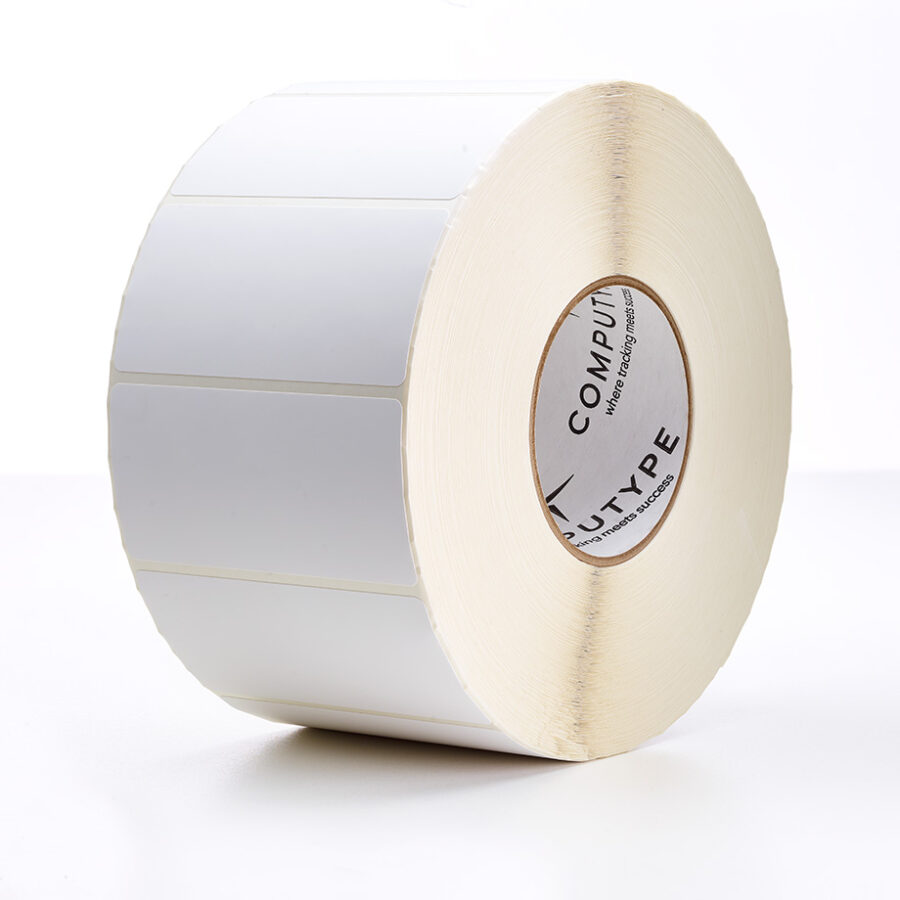
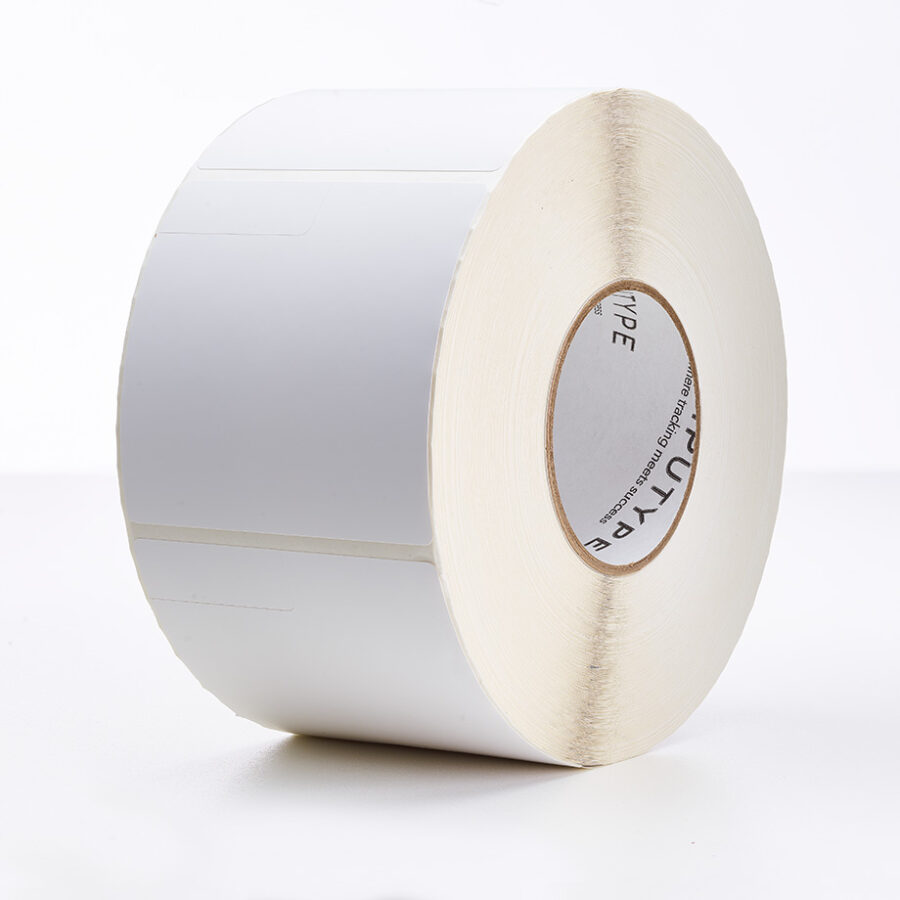

Have questions? We’re here to help.
Contact us to connect with a specialist who understands your industry and can provide the right solutions for your business. Let’s start a conversation.
Take advantage of our volume discounts for bulk orders. Reach out to us for a personalized quote tailored to your needs.
"*" indicates required fields